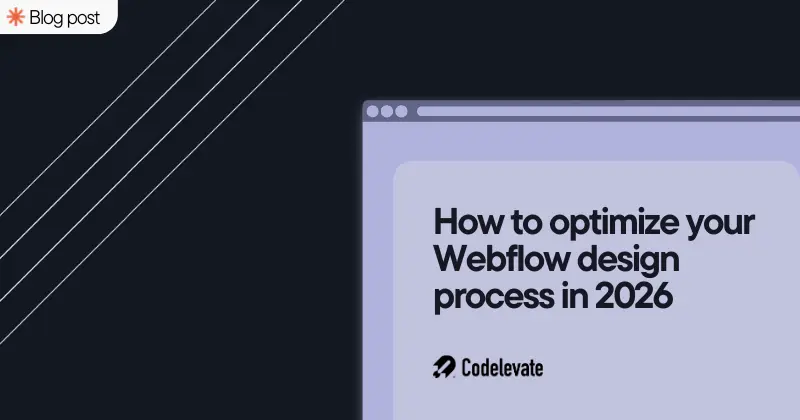How do I create my own AI software?
Short answer:
You don’t need to be an expert in machine learning to build AI software. Start with a clear problem, use pre-trained models like OpenAI or Claude, and focus on combining them with simple, useful software. The real magic comes from how you apply AI — not how deep your algorithm is.
.webp)
AI is everywhere. Chatbots, image generators, email tools — it seems like everyone is launching an AI app. But what if you want to build one yourself?
This guide will walk you through how to create your own AI software from scratch (even if you’re not a data scientist). We’ll look at the steps, tools, mindset, and examples that help you get from idea to working AI product.
1. Start with the problem, not the model
Too many people start by asking, “Which AI model should I use?” That’s the wrong question.
First ask:
- What is the problem I want to solve?
- Who is this for?
- Can AI make this faster, easier, or cheaper?
Example:
- Problem: Marketers waste hours summarizing customer feedback.
- Solution: AI tool that auto-summarizes reviews.
Start here — then find the tech that fits.
2. Understand what AI can (and can’t) do
AI today is great at:
- Understanding and generating text
- Summarizing or translating content
- Recognizing images and objects
- Making predictions based on patterns
It’s not great at:
- Deep reasoning
- Accuracy on niche facts
- Working without structure
Knowing this helps you design something that works with AI’s strengths.
3. Pick your tools
You don’t need to train your own model. Instead, use APIs that are already powerful and flexible.
Common options:
- OpenAI: Text and image generation (ChatGPT, DALL·E)
- Anthropic Claude: Safer, long-context text generation
- Hugging Face: Open-source models
- Replicate: AI models you can run with simple code
- Google Cloud AI: Vision, translation, and text-to-speech
Most of these have simple API docs and generous free tiers.
4. Build Around the Model
This is where most people fail. They hook up to an AI model and stop there. That’s not software — that’s a demo.
You need:
- A clean interface
- A clear workflow
- Guardrails so AI stays useful
Example:
A good AI writing app doesn’t just say "Write an article." It asks for:
- Topic
- Audience
- Tone
Then it walks the user through steps. That’s software design.
5. Prototype quickly and test
You don’t need to code everything from scratch.
Use tools like:
- Replit or Glitch: Quick coding in the browser
- Bubble or Webflow + Make: No-code frontends
- Postman: To test API requests
Build something basic in 1–2 weeks. Show it to users. Watch them use it. Fix what breaks.
6. Keep it narrow
Most failed AI apps try to do too much.
Start with one narrow use case:
- Generate product descriptions
- Transcribe meetings and tag action items
- Sort emails into categories
If that works, grow from there.
7. Don’t worry about models yet
Later, you can explore training or fine-tuning your own models. But not at the beginning.
Start by solving real problems with existing models. If you grow and hit limits, then consider custom solutions.
8. What no one tells you
Most of the value in AI software comes from boring stuff:
- Simple buttons that make hard tasks easier
- Good UX for messy workflows
- Clear results users can understand
AI is not a product by itself. It’s a power source. Your job is to wire it to something that helps people.
Conclusion
To build your own AI software, begin with a real-world user problem. Use pre-trained models and existing APIs like OpenAI or Claude, then design a simple product around them that actually helps people. Focus on making it easy to use, narrow in scope, and quick to test. AI is just the engine — the real value comes from the experience you build around it.
AI software doesn't start with code — it starts with clarity. Know your user. Understand their pain. Use tools that already exist. Build something simple that makes life easier. That's what good AI products do.
If you want help building an AI-powered product from scratch, book a free strategy session with Codelevate. We help founders build things that work — fast.


.webp)


.svg)




